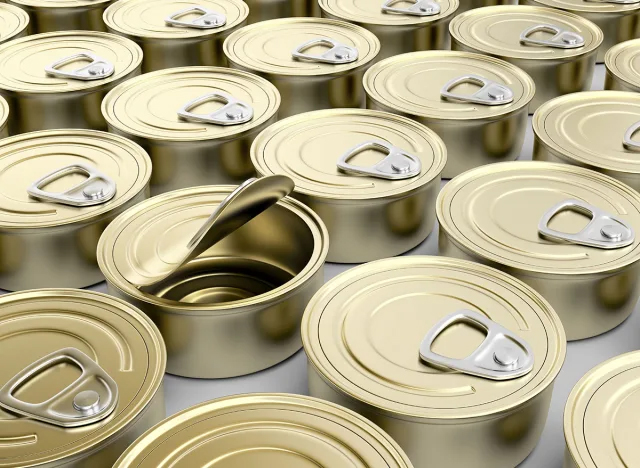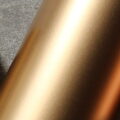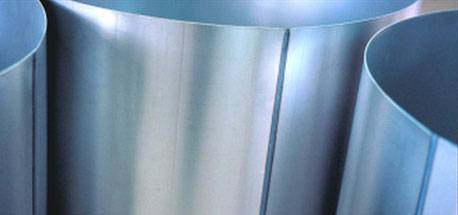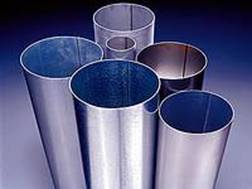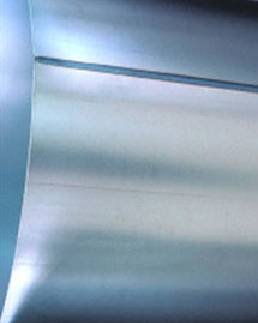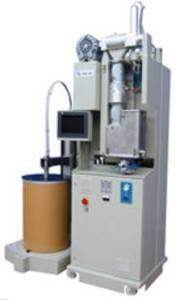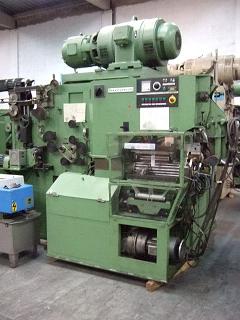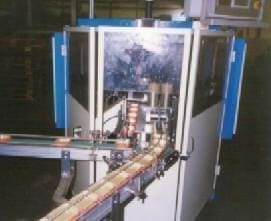Introduction:
Welding on food cans is a fundamental process in the packaging industry. Its main purpose is to join the side rims of the “three-piece” can bodies to ensure a tight and secure seal to protect the can contents. This technical article provides a detailed description of the welding process in food cans, as well as the technologies and techniques used in the industry.
Chronology and development of welding on food cans
In the early 1960s, two different alloy-free soldering processes were developed for commercial purposes. These processes are based on providing a certain amount of energy in a given time to the areas to be joined, transforming this energy into heat capable of melting the metal parts to be welded. The energy is supplied by means of an electric current and the process triggered is very well studied by the laws of physics.
Continental Can introduced the “Conoweld”, a technique initially used for the production of steel beverage cans with electrolytic chrome plating (TFS). On the other hand, Soudronic developed the use of copper wire as an intermediate electrode between the can seam and copper welding rollers to solve the problem of electrode surface contamination and its effects on weld quality.
Welding process in food cans
The welding process on food cans consists of several steps:
Surface preparation: The surfaces of the cans to be welded must be clean and free of contaminants to ensure proper welding.
Edge alignment: The edges of the cans are aligned and slightly overlapped to form a flap.
Application of electric current: An electric current is applied through the copper wire and copper welding rollers to generate heat and melt the metal parts to be welded.
Cooling and solidification: Once the metal parts have melted, they cool rapidly to solidify the weld and form a strong, watertight joint.
Technologies and techniques in food can welding
Copper wire: The use of copper wire as an intermediate electrode between the can seam and copper welding rollers helps solve the problem of electrode contamination and improves welding quality.
Copper welding rollers: Copper welding rollers are mounted at a 2° pitch to slightly chamfer the seam edge, reduce the step and facilitate seam re-varnishing.
Quality control: The quality of the weld is critical to ensure the integrity and shelf life of the food cans. Visual inspections and tightness tests are performed to ensure that welds meet the required quality standards.
Conclusion:
Food can sealing is a critical process in the packaging industry. The use of appropriate technologies and techniques, such as copper wire and copper welding rollers, guarantees the quality and safety of the welds, thus protecting the contents of the cans and ensuring their shelf life.

